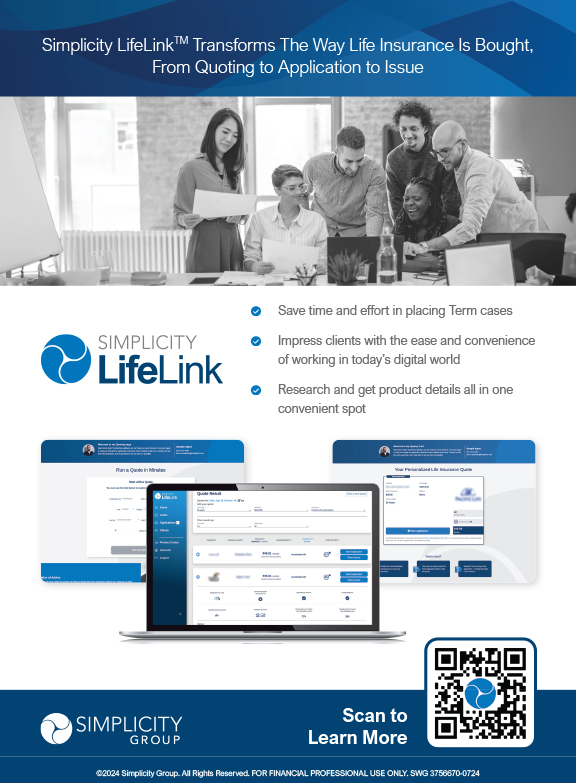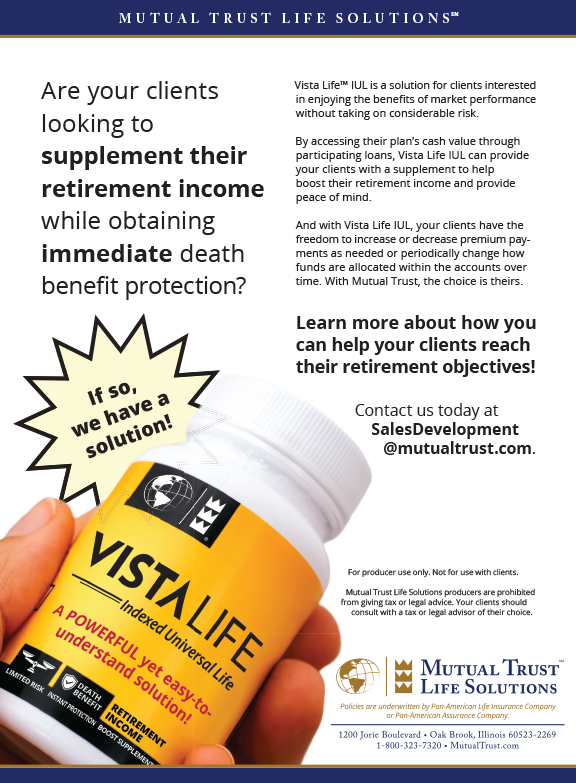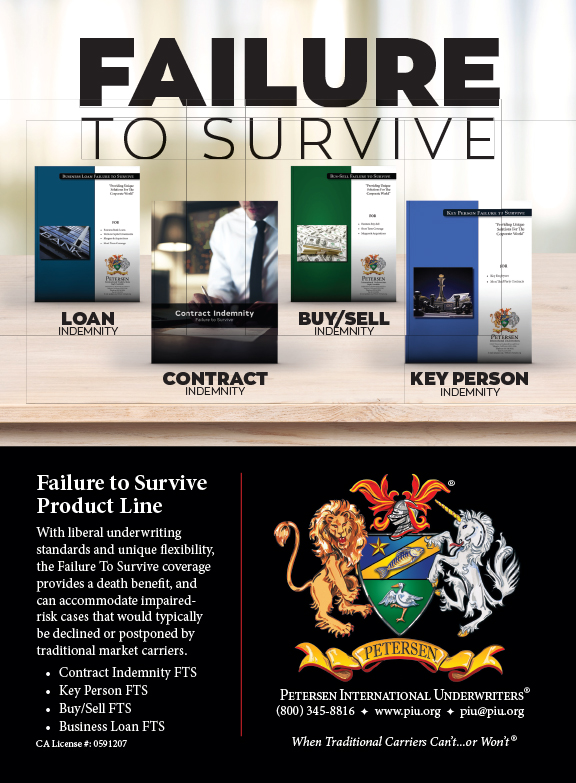How would your clients finish the sentence, “Retirement to me is like…”? Is retirement like a death sentence or is it more like winning the lottery? How do you think these responses will impact someone who is considering retirement? We often use metaphors with our clients as they can be a powerful tool for empowering new and soon-to-be retirees to view their life after work under a new lens.
I’d like for us to take a moment to picture your retirement as your dream home. As you are considering building your perfect dream home, I’d like to take a step back and consider of all the steps that are involved in this extensive process.

Before any of the construction can take place, you need to identify where you want to live, including which states and cities you are considering. Do you want to be near the countryside with an open-range view, or do you desire being near the water? You can think of retirement in a similar way. Like a dream home, everyone’s view of retirement is a little different. It’s important to identify what you want your retirement to look like based on your ideal lifestyle. Most people, when asked, really want to be able to spend comfortably in retirement without running out of money. Success in retirement isn’t about the amount of assets you’ve accumulated, but rather the most efficient way to generate as much income as possible.
For now, let’s revisit our dream home.
Protect
The first step to building any home is to lay the foundation. The contractor and his team will prepare the ground, build the flooring, and start mixing the concrete. This is arguably the most important step to building any home. Without a solid foundation, the home will crumble.
In retirement, we often refer to the foundation as the protection phase. We want to maximize the number of guaranteed sources of protected income so that you set your retirement up with a solid foundation. Protected income is defined as:
- Being guaranteed for life;
- Backed by the government or financial institution;
- Increases over time with inflation; and,
- Increases each year you choose to start income.
Time Magazine was quoted as saying, “Securing at least a base level of lifetime income should be every retiree’s priority—at least if they want to live happily ever after.” (Kadlec, 2012)1
These 3 sources would be:
- Pensions (which are backed by your employer);
- Social Security (which is backed by the government); and,
- Annuities (which are backed by a financial institution).
I want to take some time to focus on annuities. An annuity is a personal “Social Security-like” stream of guaranteed lifetime income from a top-rated insurance company. The reason it’s similar to Social Security is because you put money in—whether that’s in a lump sum or over a period—and in return, the insurance company sends you a steady paycheck every month for the rest of your life. Guaranteed. Similar to the government with Social Security, annuities are paid out through a financial institution that’s obligated—and regulated—to deliver on their promise to you.
Save
The next step in building our dream home is to secure the walls which will be the frame that will stabilize the house. With our solid foundation, we have secured and maximized our guaranteed income streams that are needed for essential needs such as living expenses, family support, and healthcare. Next, we want to look at how we can save and minimize taxation on our portfolio. Did you know that if you make $83,682 per year that you are responsible for paying 86 percent of the taxes in this country? (York, 2021)2 Once you enter retirement, your three biggest deductions will be eliminated:
Mortgage Interest;
Child Exemptions; and,
Qualified Contributions.
Let’s consider the three types of money, which are taxable, tax-deferred, and tax-free. Since we are looking to minimize our taxation in retirement, we are going to focus on tax-free money, which can be broken down into two popular strategies:
- Roth IRA: The limitations that are in place for this year are $6,000. There’s also what they call a “catch-up contribution” for anyone 50 and older, which is $7,000. Another drawback to a Roth IRA is if your household makes more than $206,000 of combined income per year, you’re not even eligible for a Roth IRA! That’s right–you cannot contribute to this account! Why do you think that is? Well, if we think about it, the IRS makes their revenue from taxes. If you make that amount of income, you’re likely paying a fair amount of taxes and Uncle Sam wants to make sure the government gets that money! So, the people with the tax problem aren’t able to contribute to this tax-free account.
- Indexed Universal Life: A “Roth-IRA-like” account with a unique combination of tax-deferred growth, tax-free distribution, and tax-free wealth transfer. What is great about indexed universal life is that when properly structured it doesn’t have any government restrictions!
Grow
The last step, but certainly not the least, is accounting for the time it’s going to take to properly put on and secure the roof. The grow phase. Similarly, the last step in retirement is that once we have taken care of our essential needs, identified potential taxation concerns, and minimized our taxes, it is now time to invest any surplus of assets we have and review the plan on an annual basis. Diversification is important regarding the amount of your total portfolio that is designated for growth as there is a “risk-reward element.” While it’s great to take advantage of a rising market, this portion will vary based on age and risk tolerance. Your growth assets likely should be balanced with options that may not have the same upside, but are less likely to be impacted by a market collapse.
In closing, proper prior planning prevents poor performance. The only way for a successful retirement or to build that perfect dream home is to follow the blueprint in these stages:
- Protect (Lay the Foundation): By securing a base line of guaranteed lifetime income you can ensure that your essential needs will be met in retirement.
- Save (Secure the Walls): Minimizing your taxation in retirement and contributing to tax free vehicles allows you to reduce the tax pressure on your overall portfolio.
- Grow (Secure the Roof): Invest any surplus assets and review and manage your plan on an annual basis ensures that changes can be made if needed and your plan can remain on track.
If you want to take control of your retirement, I encourage you to reach out to your trusted financial advisor or strategic consultant to learn more about these financial strategies we discussed today.
Sources:
- Kadlec, D., 2022. Lifetime Income Stream Key to Retirement Happiness. [online] TIME.com. Available at: https://business.time.com/2012/07/30/lifetime-income-stream-key-to-retirement-happiness/ [Accessed 12 August 2022].
- York, E. (2021, June 9). Summary of the Latest Federal Income Tax Data, 2020 Update. Tax Foundation. https://taxfoundation.org/summary-of-the-latest-federal-income-tax-data-2020-update/.



























